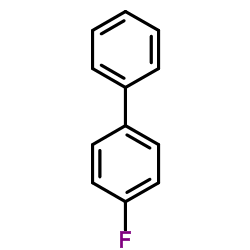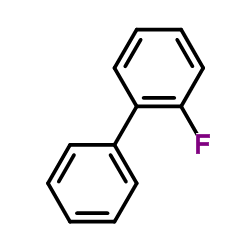| Structure | Name/CAS No. | Articles |
|---|---|---|
 |
4-Fluorobiphenyl
CAS:324-74-3 |
|
 |
2-Fluorobiphenyl
CAS:321-60-8 |